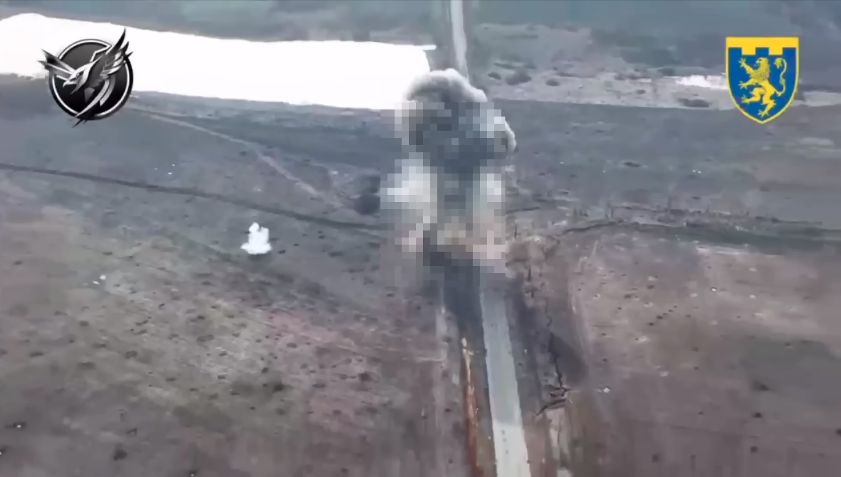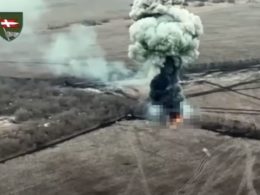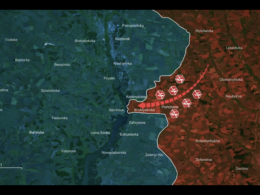

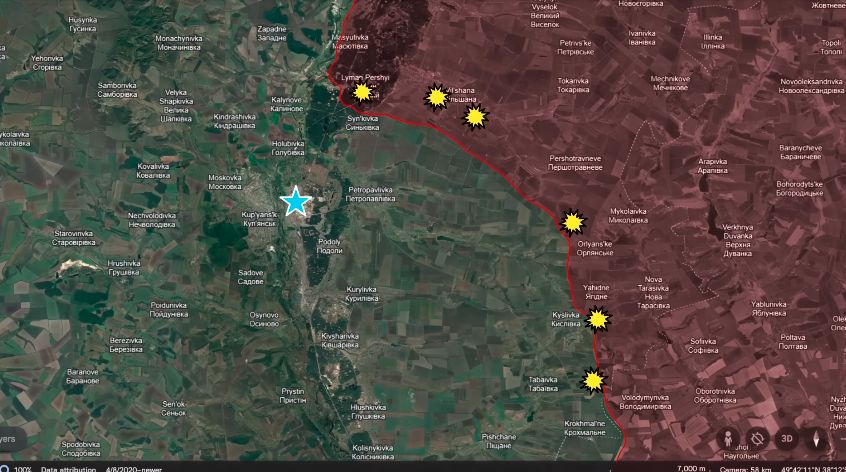
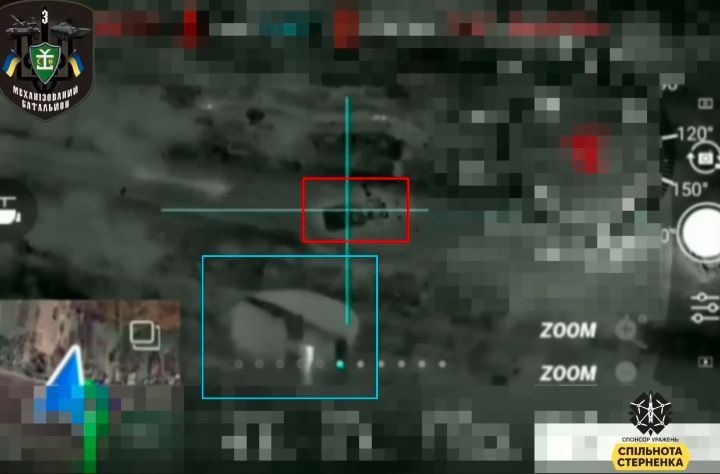
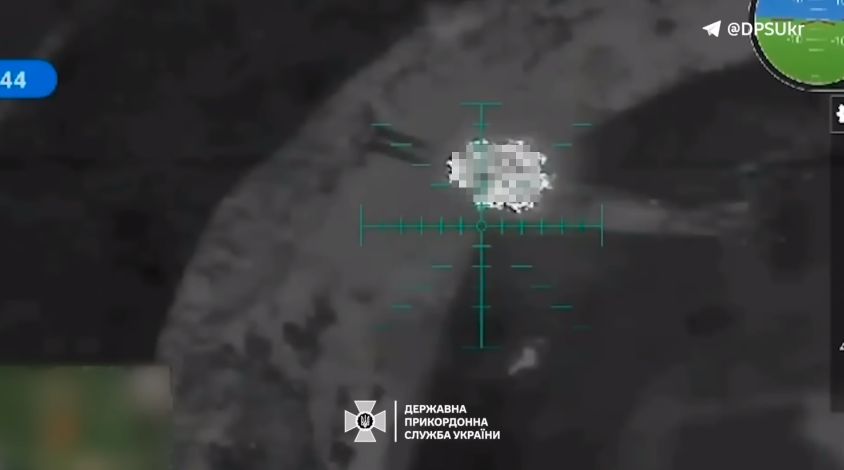
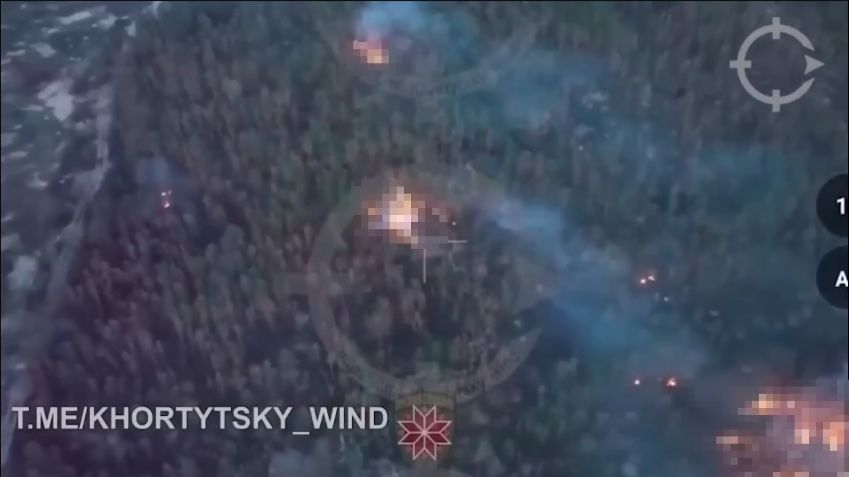
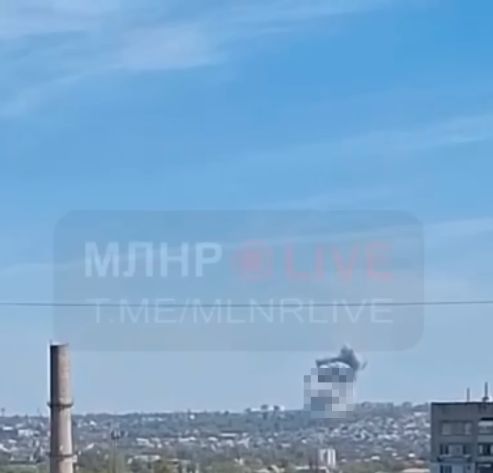
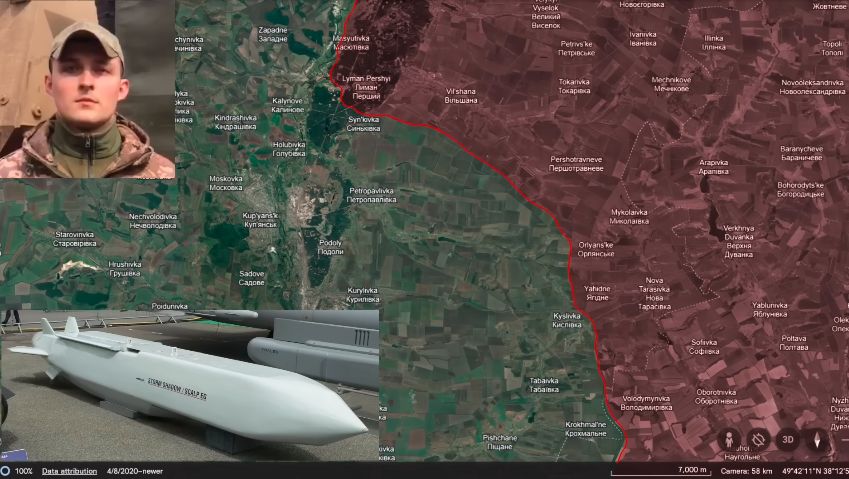
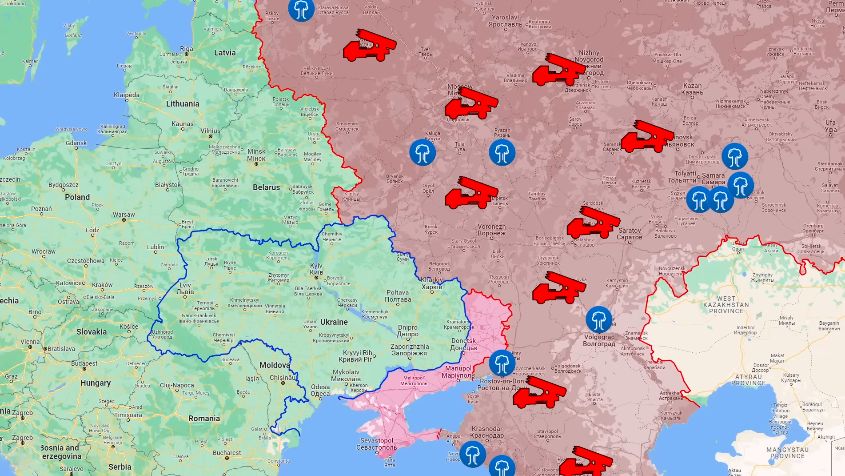

Recently, the Reporting from Ukraine YouTube channels have been under a cyber attack. The author has asked to support him in seeking resolution by making a polite post on Twitter, tagging Team YouTube, explaining that the channel has suffered a cyber attack, and asking them to solve it.
In our regular frontline report, we pair up with the military blogger Reporting from Ukraine to keep you informed about what is happening on the battlefield in the Russo-Ukrainian war.

